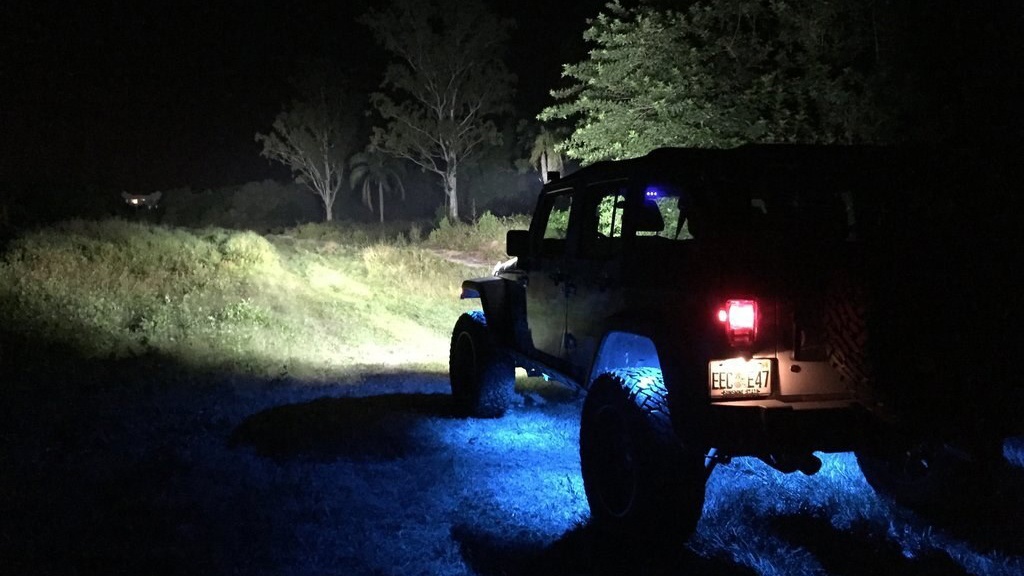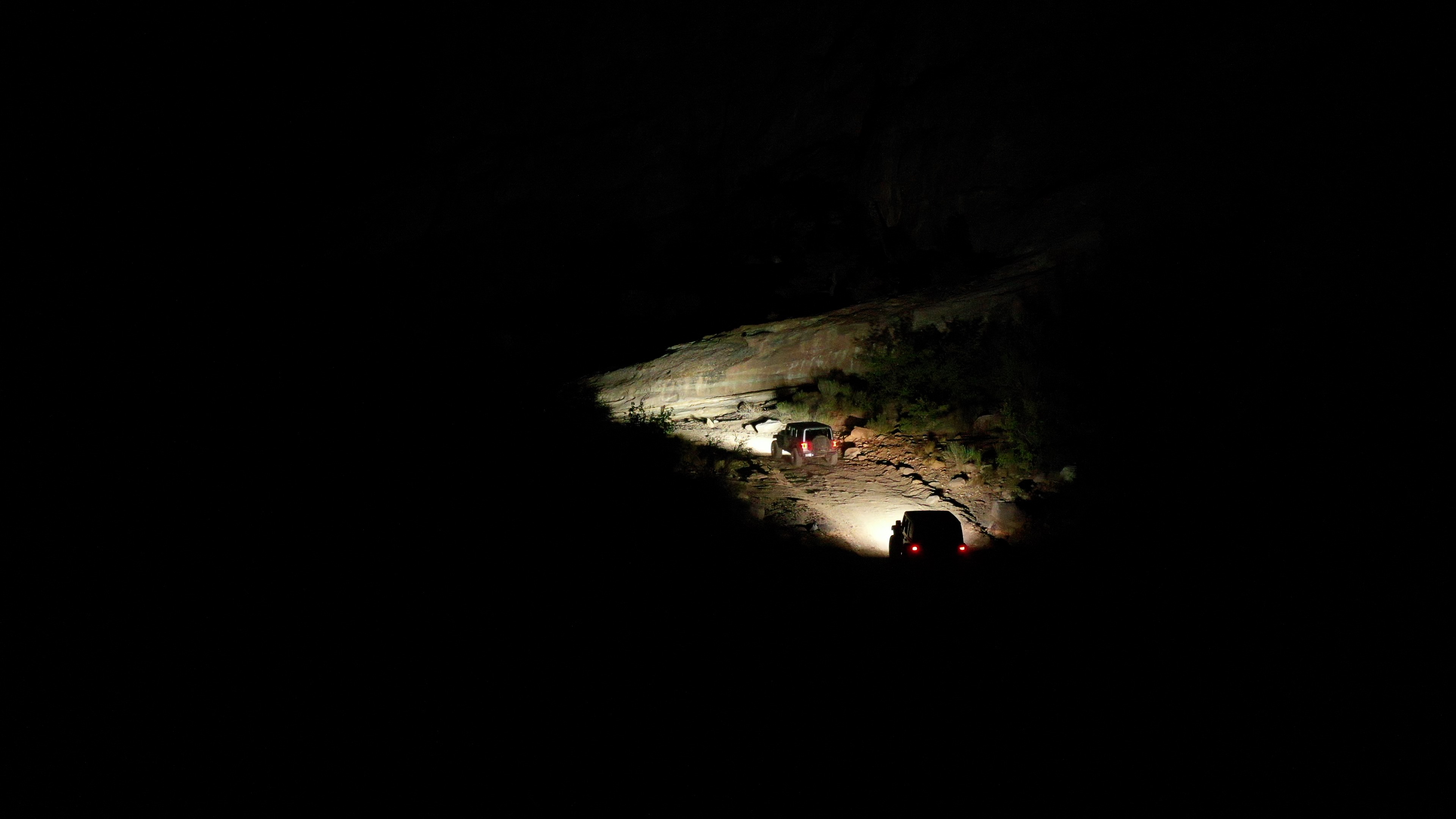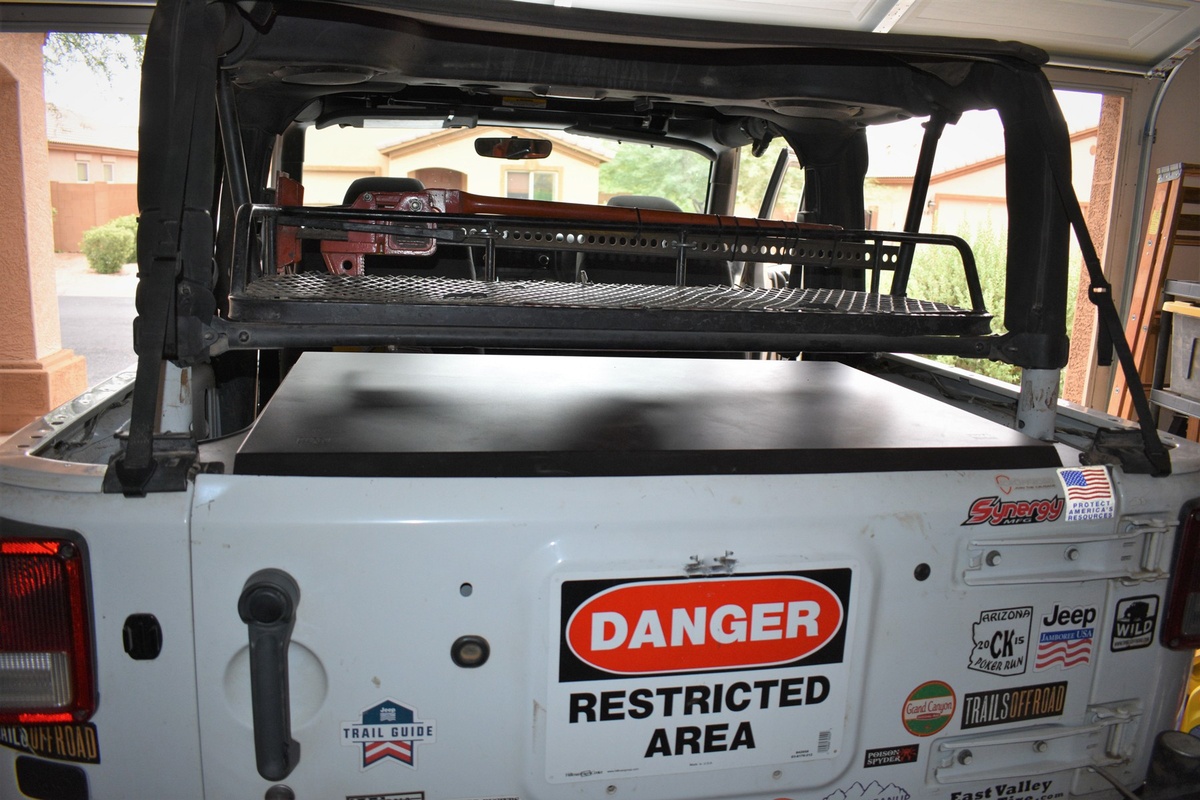
Trail Etiquette: Guide for First Time Off-Roaders
Trail Etiquette: Guide for First Time Off-Roaders
Heading off-road is a truly freeing experience. You can drive off into the wilderness and leave all of the stresses and noise of the modern world behind you. However, it's not as simple as getting in your 4x4 and pointing it in the right direction. There's a lot to consider and pack beforehand.
If you're ready to test your mettle against the great outdoors and see what obstacles your vehicle can overcome, here are some rules for 4x4ing that every beginner needs to know:
Know Where You're Going
Rule number one is to never head off into the unknown. That may seem counterintuitive to a 4x4 adventure, but it’s the only way to ensure you stay safe. Knowing the route you're taking – where the turns are, where it starts and where it ends – will go a long way to getting you there and back again in one piece.
Good route knowledge helps you understand exactly how tricky the terrain is, and if there are any potentially hidden surprises you may come up against. You still have to get up and over the obstacles (or around them) but knowing what’s coming will allow you to pack the right equipment and set your vehicle up correctly beforehand.
An up-to-date GPS and a map book are non-negotiable tools when going off-road.
Don't Ever Go Alone
Anything can happen on a 4x4 trip, from flat tires to broken drivetrains, getting stuck in mud or sand, or ending up with an injury. If you’re on your own, you could have serious issues if you come undone.
The correct etiquette for this type of activity is to always go in a group, or at the very least to have a second vehicle on the route. You can assist each other with towing or getting back on track if you tip over, as well as having someone to go for help if you really get into a bad situation.
Get The Right Equipment For Your Trail
Different types of terrain require different things from an off-road vehicle. You need to make sure you’re ready for the trail that you are going to be facing. For example, soft, sandy ground is best tackled with tires that have low pressure. They provide a wider surface area as they press down, giving you more traction on terrain that’s constantly shifting. An accurate tire deflator and inflator will be your best friend in a situation like this.
If you're in a very rocky area or you’re driving over sharp, shale on the trail, then you need to ensure you have a good puncture repair kit and at least one spare tire. A monitor in the cabin for watching your tire pressure can be a big help too. This will alert you to any shifts in pressure, allowing you precious time to stop before a tear or hole becomes unfixable.
Stock Up On Safety Gear
Safety gear in off-roading applies to a medical kit for you and equipment for your 4x4. Heading out of town without these essentials is a big mistake because anything can happen in the middle of nowhere – and no one but you and your travel companions can help.
Start with a first aid kit that has proper bandages and disinfectants. A few painkillers and space blankets are a good idea in case of a bad accident, as are splints and gauze pads.
For your vehicle, pack tow ropes, a jack lift, winch, snatch block, D rings, and a tree-assist tow rope. These will allow you to get out of many difficult situations, as long as you have a friend to assist. Sturdy gloves and a shovel are other good additions to your safety kit.
Keep Communication Open
Being able to communicate with your travel companions in other 4x4s is critical. The vehicle in front can report back to the rest of the group about major obstacles to give them a warning. They can also alert the people behind them if they get stuck. This can avert an accident as a stationary object in the middle of a trail can be a major hazard. Likewise, the people at the back of the train can warn those up ahead if they are getting left behind.
There are various types of radios to choose from. It's up to your group to decide if you need something more powerful like a HAM radio or if a CB radio that works on line of sight is sufficient. The key is to ensure that all of the radios you have are compatible and you won't lose touch with each other. Relying on your mobile phone is definitely not enough – most trails won't offer cellular reception.
Learn How To Signal and Pass
There’s a certain code of conduct when it comes to off-road adventuring. You may not always come across other groups or individuals out in the wilderness, but on the occasions that you do, it's important to know the right way to deal with them.
Trails are often narrow and don't have enough room for rugged 4x4 vehicles to pass each other going in opposite directions. The general rule of thumb, if you’re on a hill, is to let those heading up the pass have right of way and those heading down should pull over as much as possible. This is because you have more control and it's easier to get going again if you're heading downhill.
In any passing or overtaking situation, it's important for the group leaders to signal to each other how many members they have with them. The leader of the group that’s moving should use fingers to signal how many vehicles are behind them – the number of fingers equals the number of vehicles. The last to pass should then signal to the stationery group with a closed fist to show that they are the tail-end.
By observing the correct etiquette your off-roading experience will be safer, smoother, and more enjoyable. A whole world of 4x4ing adventures awaits, and they'll be far more fun if you stick to the rules.




